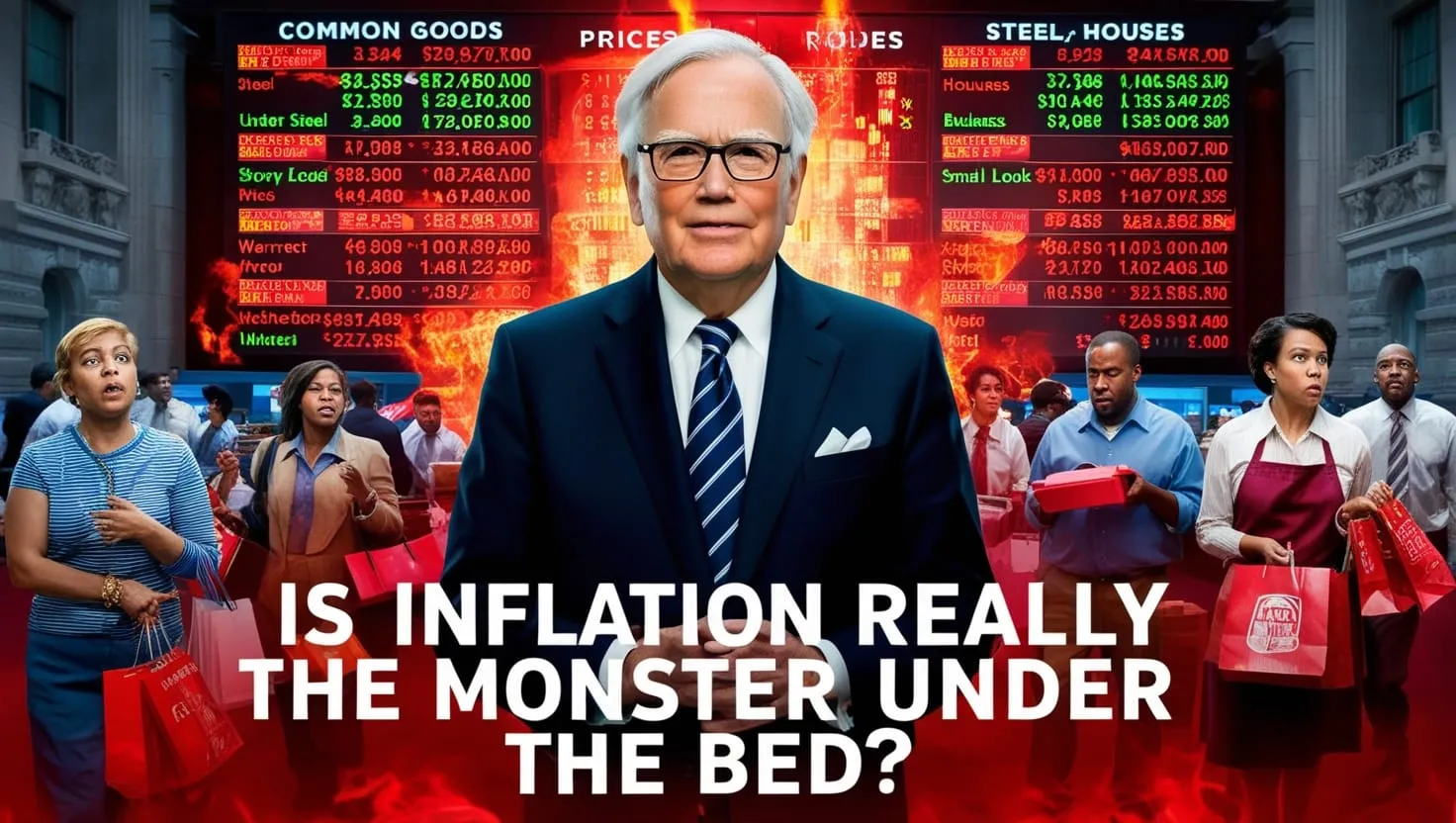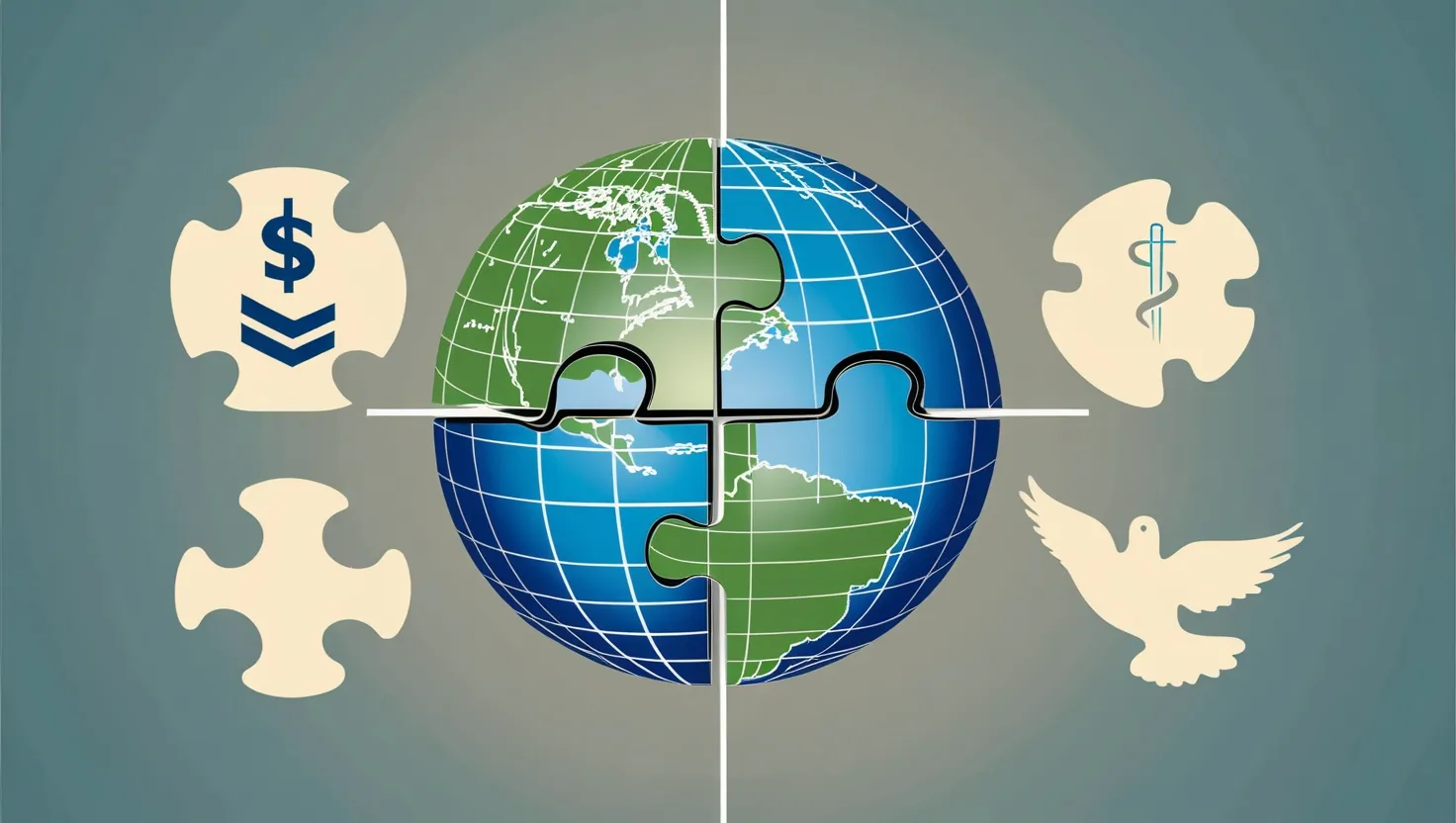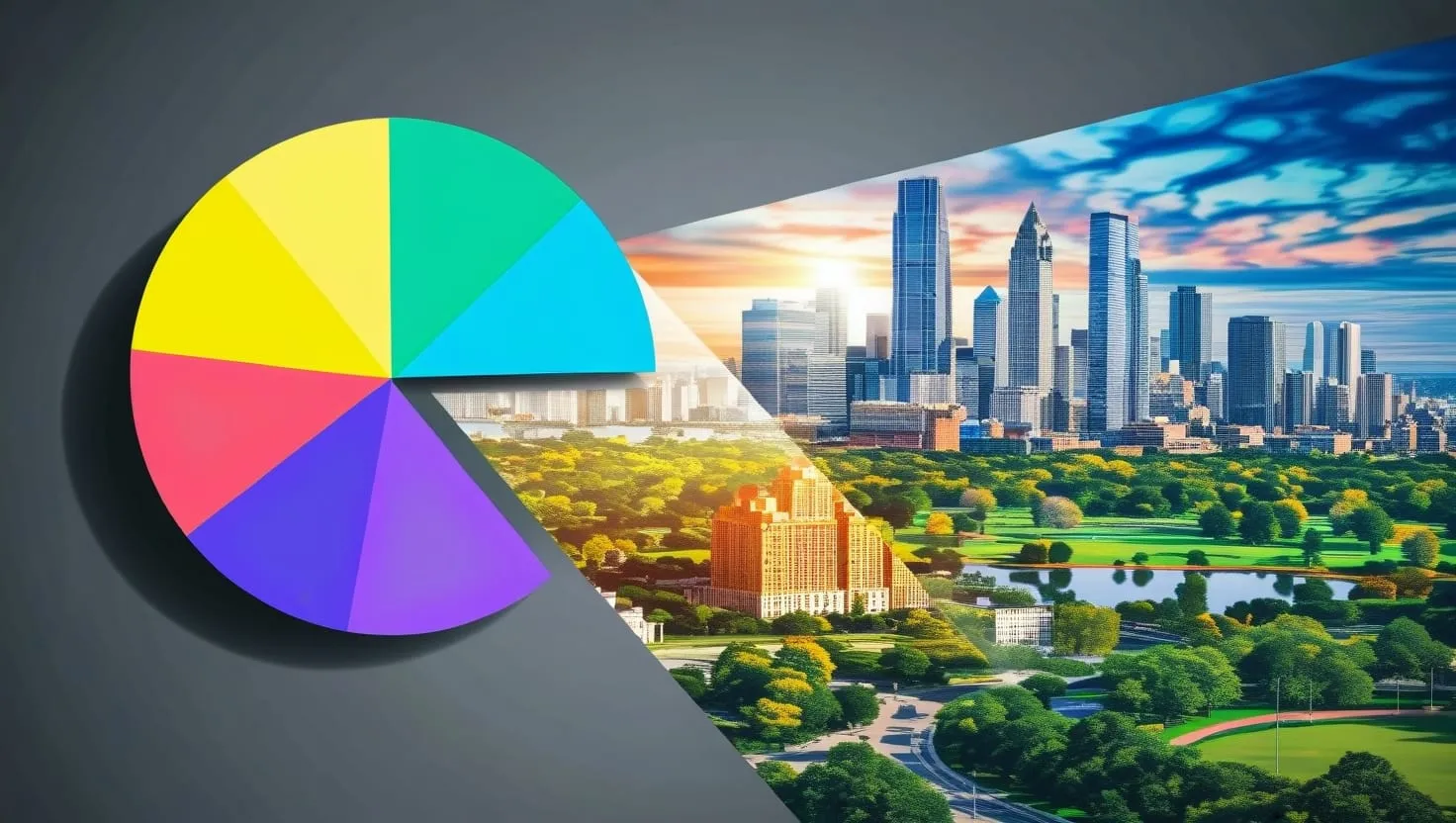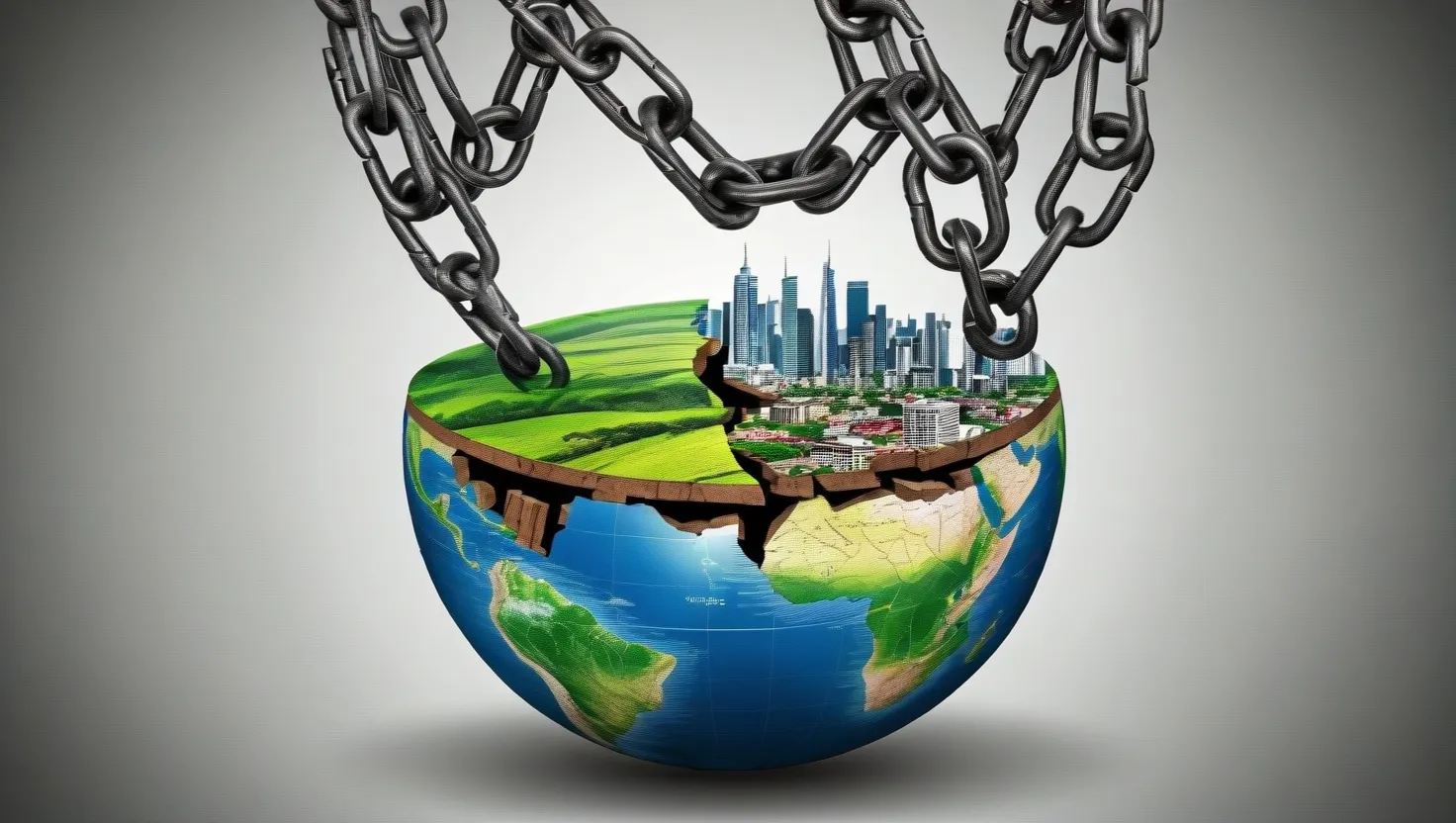Do you ever think about why certain products seem to disappear from store shelves without warning? Or why a price tag suddenly climbs on something as simple as your morning coffee or the latest tech gadget? The answer, more often than not, can be traced hundreds or even thousands of miles away— to the drama inside the World Trade Organization’s dispute chambers. I’ve realized that, beneath the legalese and diplomatic statements, these WTO showdowns shape daily life for all of us, whether we see it or not.
Let’s start by imagining a world where every country does what it wants with its trade rules. It sounds tempting, especially if you’re running a local industry worried about foreign competition. But when tariffs and quotas pile up unchecked, chaos follows. Trade wars can flare, jobs may vanish, and vital goods grow scarce. That’s why the WTO exists. Through its dispute process, the organization doesn’t just settle quarrels—it sets boundaries for what’s fair game on the world’s economic playground.
Now, if I can get you to picture a chessboard with giants on both sides, you might have a sense of what happened in the US-China technology transfer dispute. Here’s the scene: for years, American companies entering China complained they faced forced partnerships and had to hand over valuable technology. It wasn’t a quiet frustration. Intellectual property, the lifeblood of modern economies, was at stake. “The protection of intellectual property is the protection of innovation,” Bill Gates reminded us. The case quickly transcended mere business squabbles. It became a battleground for the rules that define global innovation. The outcome established that forced tech transfers go against WTO commitments, boosting global confidence in intellectual property rights. But who really won? In one way, the whole tech sector, because clearer rules helped everyone innovate with less fear of theft.
But it’s not all about the digital frontier. Let’s shift to the sky—quite literally—with the EU-Airbus and US-Boeing saga. These titans spent almost two decades accusing each other of unfair subsidies. At stake wasn’t just who would dominate international flight routes. It was about how governments support or prop up entire industries. For many, it begged the question: when does healthy government backing for industry cross the line into unfair advantage? The WTO ruling forced both Europe and the US to pull back damaging supports, bringing new scrutiny to how we think about state aid in a fiercely competitive world. “Competition has been shown to be useful up to a certain point and no further,” George Bernard Shaw once wrote. But as the battle played out, it reminded everyone in trade that the edge between support and distortion is razor-thin.
I find it fascinating how these legal disputes influence the green revolution too. Look at what happened when India decided to give extra help to its solar panel makers, hoping to build a homegrown renewable energy sector. Sound green and noble? Some trading partners didn’t think so—claiming these policies unfairly blocked foreign competition. The WTO ruled against India, saying such “local content” rules conflicted with the spirit of open markets, even for good causes. It set a powerful signal: global rules apply, even as nations move toward clean energy.
Of course, you might be wondering—shouldn’t countries be allowed to protect their key sectors or fight climate change as they see fit? That’s a real dilemma. The solar story showed how tough it is to balance urgent national interests with global commitments. How far should a government go to foster new industries at home? Where does legitimate policy stop and protectionism begin? Maybe you’ve seen similar debates play out over electric cars, steel, or medical equipment. These questions don’t have easy answers. They reflect the way the WTO has to referee between national will and collective good.
Agriculture—a realm where trade and politics tangle every day—brings its own dramas. Brazil’s cotton case is a standout example. Imagine millions of farmers in the developing world struggling to compete with heavily subsidized cotton grown in the US. Brazil took the fight to the WTO, arguing that American subsidies depressed global prices and hurt its own rural economy. When Brazil won, the US was forced to cut payments and negotiate compensation. The verdict didn’t just help Brazilian cotton. It became a turning point for debates over agricultural fairness, casting a spotlight on how aid to farmers in rich countries ripples across global supply chains. It makes me wonder: could a ruling in Geneva actually boost rural life thousands of miles away? Apparently, yes.
Then comes the digital world— the fastest-changing area of all. Existing WTO rules were built before anyone imagined the scale of e-commerce or the value of data flows. If you’ve ever bought something online from another country or wondered where your data goes when you click “buy,” digital trade talks now underway are writing the rules for tomorrow’s global marketplace. These negotiations are about more than just convenience—they’re about who gets to control data, where information lives, and who reaps the fortunes of a wired world. Who owns your digital footprint, and who profits from it? When these new rules emerge, they’ll shape the internet economy for decades.
At this point, you might ask: Do these WTO battles always settle neatly with winners and losers? Not really. Often, they end with half-steps, delays, or stubborn disagreements. The real mark left by a WTO decision can sometimes be less about strict compliance and more about shifting global expectations. Sometimes, just the threat of a ruling forces countries to compromise or rethink their strategies.
There’s another angle too—what happens when WTO rules seem outdated or struggle to handle the quirks of national security, state capitalism, or new tech? Some countries, feeling boxed in, act outside the lines anyway: imposing unilateral tariffs or ignoring verdicts they dislike. This challenges the WTO’s authority, and you can feel the stress in the air as governments and negotiators race to keep the global system from fracturing.
Consider what happens in the broader picture: over 75% of the world’s trade is governed by the WTO. What if these disputes weren’t mediated, and tariffs and quotas soared unchecked? Supply chains would grind to a halt, inflation could spike, and ordinary workers and shoppers would pay the price. So when you see headlines about a WTO panel decision, you’re actually glimpsing a small piece of the puzzle that keeps store shelves full, jobs available, and economies steady.
Let’s pause for a moment with a line from Adam Smith: “It is the maxim of every prudent master of a family, never to attempt to make at home what it will cost him more to make than to buy.” Now, what does that mean for global trade? Simply this: open markets usually benefit everyone, but only if the rules are followed and fair for all.
So, what’s actionable for people who care about stability in the world economy? If you run a business, keep your ear out for new WTO disputes in your industry—these can signal trouble or opportunity ahead. If you’re involved in government or advocacy, pressing for modern, transparent trade rules helps avoid the “rules of the jungle” and welcomes more people, especially from smaller or developing economies, into the global game.
I think about how global trade tension often maps onto every major shift in politics, technology, and regulation. Countries act to defend industries, jobs, and often their own ways of life. But as the landscape changes—with climate risk, digital transformation, and rising national security concerns—old rules face new stress tests. The WTO stands as a referee in this contest. Sometimes, referees need to tune or even rewrite the rulebook. Should the WTO get more flexible, or more strict? Is the system too slow to keep up, or is it still the world’s best hope to avoid chaos?
And there’s the human side too. When trade disputes escalate, they’re not just about ships, containers, or balance sheets. They ripple down to the farmer in Brazil, the engineer in Seattle, the solar panel maker in India, and even to you and me, reaching into our shopping carts and monthly budgets.
Perhaps George Washington said it best: “The best way to preserve peace is to prepare for war.” For global trade, that means clear, respected rules and institutions ready to cool tempers before tariffs fly and shelves run empty.
In today’s climate, with big players clashing and technology outpacing regulation, the need for a credible, flexible system of global trade rules is more urgent than ever. The five disputes I’ve looked at here aren’t just legal footnotes. They shape the real world— sometimes in subtle ways, other times with seismic impact. Next time you’re puzzled by a price jump, the sudden vanishing of a favorite product, or the launch of something unexpectedly new, remember that somewhere, in a conference room in Geneva, the WTO is helping to write that story.
What would you change about the rules if you had the chance? Would you protect your own industries harder, or fight for a more open global playground? The answers matter, because these choices shape the shelves we shop from, the jobs we rely on, and the future of the global economy itself.






